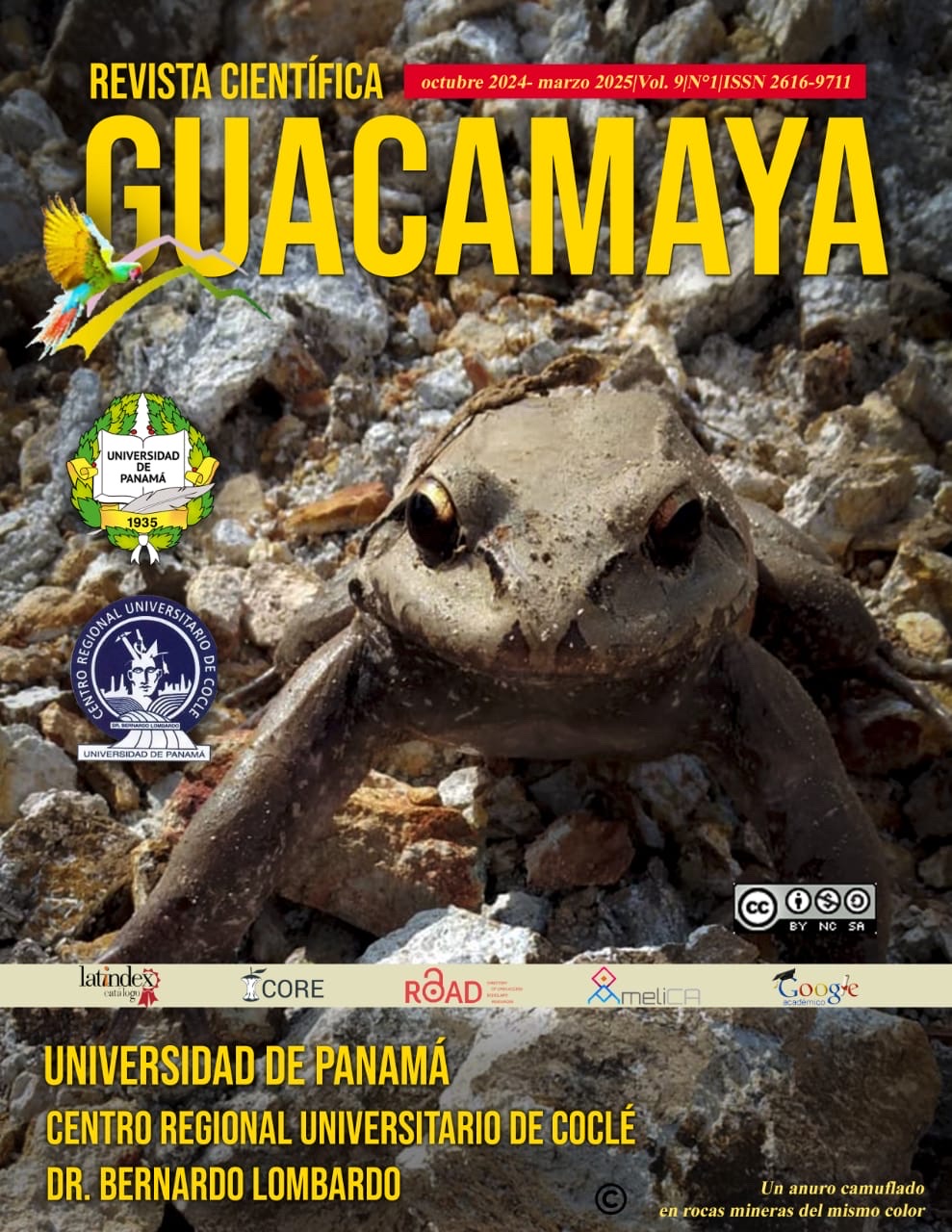
Artículos
Vol. 9 No. 1 (2024): Revista Científica Guacamaya

Copyright (c) 2024 Revista Científica Guacamaya

This work is licensed under a Creative Commons Attribution-NonCommercial-ShareAlike 4.0 International License.
Mango (Mangifera indica L.) and cashew (Anacardium occidentale L.) fruit trees, both in commercial, wild, and backyard plantations of residences, are rich in various nutrients, which is why they are consumed fresh and processed to complement the diet of millions of people worldwide. For this reason, it is important to know the most important phytophagous mites associated with these fruit trees. The objective of the study was to carry out a literature review to identify the most important species of phytophagous mites associated with mango and cashew worldwide. A bibliographic review of the main species of phytophagous mites associated with mango and cashew worldwide was carried out using 75 references associated with the subject. Within the literature cited for mango and cashew worldwide, 27 species of phytophagous mites associated with mango and 14 species of phytophagous mites associated with cashew were identified. The analysis of the article was limited to identifying the main species of phytophagous mites associated with mango and cashew nuts worldwide. The registered phytophagous mite species associated with mango and cashew have the potential to reduce the production of these fruit trees, due to their status as primary pests, secondary pests, and their importance as invasive species.
Este obra está bajo una licencia de Creative Commons Reconocimiento-NoComercial-CompartirIgual 4.0 Internacional.
